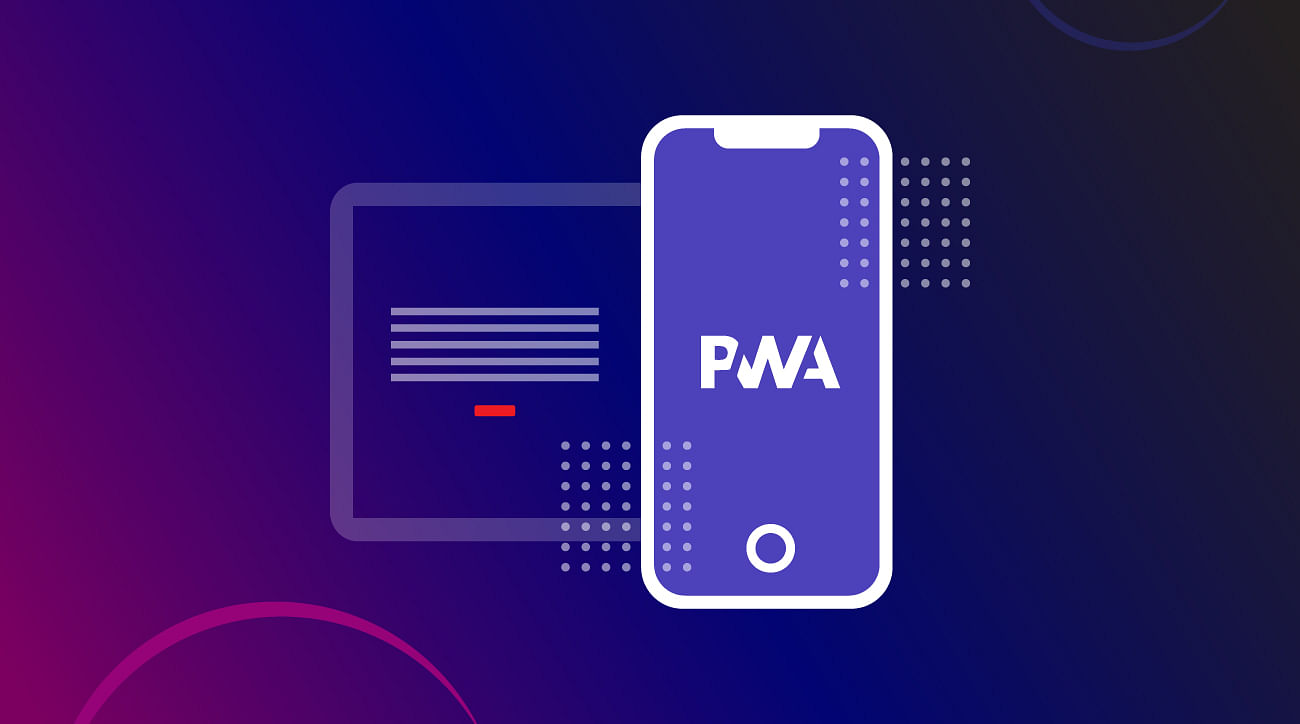Aytyapi Insights
Exploring the latest trends and updates in technology and lifestyle.
Why Your Next App Should Skip the Storefront Drama
Discover why bypassing app storefronts can save you time and trouble. Unlock the future of app development today!
The Hidden Costs of App Storefronts: What You Need to Know
When developing an app, many entrepreneurs focus primarily on the initial development costs and marketing strategies. However, the hidden costs of app storefronts can severely impact profitability. Beyond the obvious fees associated with listing your app on popular marketplaces like the Apple App Store or Google Play, developers should consider transaction fees, which can range from 15% to 30% on in-app purchases. Additionally, compliance with ever-changing regulatory requirements can lead to unexpected expenses and delays that many first-time app developers overlook.
Another significant aspect of app storefronts is the cost of customer acquisition. As competition heats up, marketing budgets may balloon in an attempt to stand out in crowded marketplaces. According to recent studies, the average cost per install can be substantial, meaning effective budgeting is essential. Finally, ongoing maintenance and updates, which are crucial for retaining users and keeping up with storefront policies, also contribute to the hidden financial burdens that can arise long after the app's initial launch.

Direct-to-Consumer Apps: Why They Offer More Control and Flexibility
Direct-to-Consumer (DTC) apps have transformed the way businesses interact with their customers, allowing brands to manage their operations more efficiently. By eliminating the middlemen, these apps empower companies to reach customers directly, offering enhanced control over product offerings, pricing strategies, and customer engagement. According to Forbes, DTC channels provide brands the opportunity to gain invaluable customer insights through direct feedback, enabling businesses to tailor their products and services effectively. Such flexibility not only leads to increased customer satisfaction but also fosters brand loyalty, as customers appreciate the personalized experiences that DTC apps facilitate.
Moreover, utilizing direct-to-consumer apps can significantly enhance a brand’s ability to adapt to market trends and rapidly changing consumer demands. Businesses can implement changes in real time, whether it’s launching new products or adjusting pricing models based on customer behavior. As highlighted by NYIC, this agility is crucial in a fast-paced digital landscape, allowing brands to stay relevant and responsive. The result is a nimble business model that maximizes opportunities in a competitive marketplace, ensuring that consumers receive what they want, when they want it.
Is Your App Ready to Ditch the Storefront? Key Considerations
As the mobile landscape continues to evolve, many developers are contemplating whether their app is ready to ditch the storefront. There are several key considerations to keep in mind before making this leap. Firstly, think about your target audience's preferences and how they discover new apps. While traditional app stores like Google Play and the Apple App Store provide significant visibility, many users are now seeking alternatives. It’s crucial to evaluate trends within your niche and consider if there are feasible methods for promoting your app outside of these platforms, such as through direct downloads or PWA (Progressive Web Apps) strategies. For more insights on user app discovery, you can check out AppBrain's statistics.
Another vital aspect to ponder is compliance with regulations and security standards. When you opt to remove your app from traditional app stores, you will need to ensure that your distribution channels adhere to legal frameworks and security protocols to protect user data. Additionally, you should consider implementing robust feedback mechanisms to quickly address any issues that arise outside of the app store ecosystem. Lastly, assess your monetization strategies—without storefront infrastructure, you may need alternative methods to generate revenue. For a deeper understanding of app monetization strategies, explore Forbes' guide to app monetization.